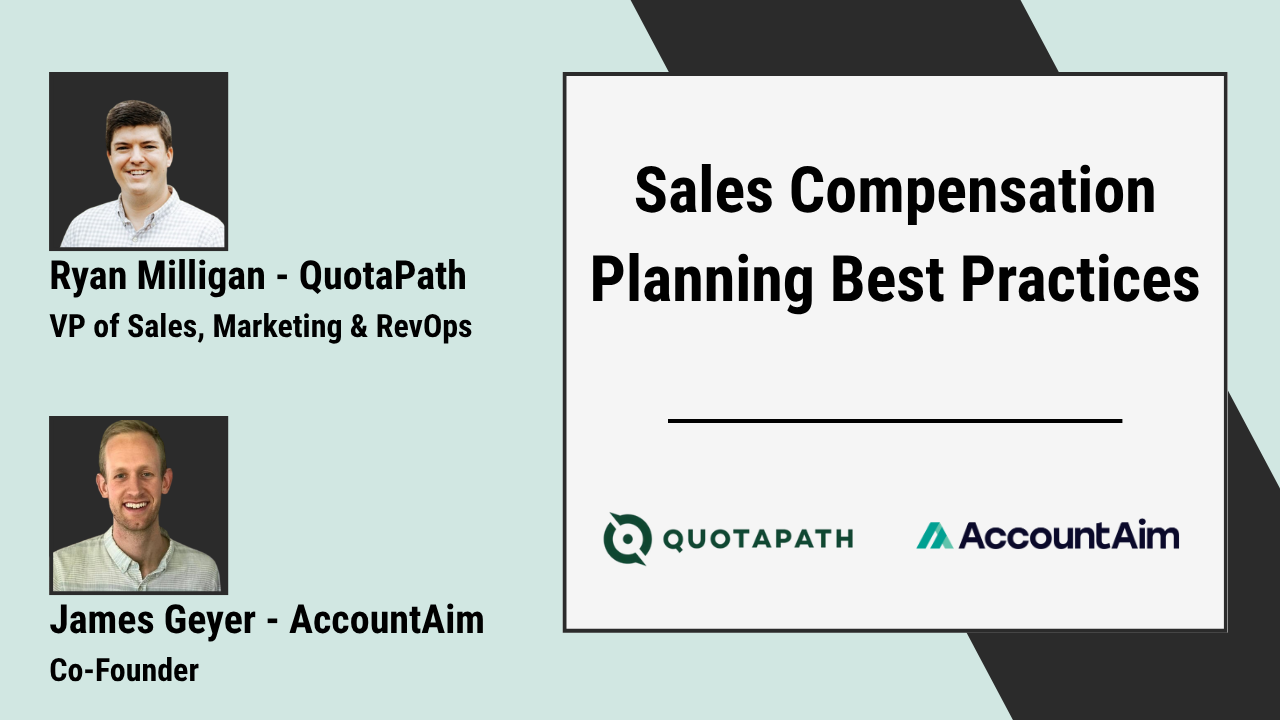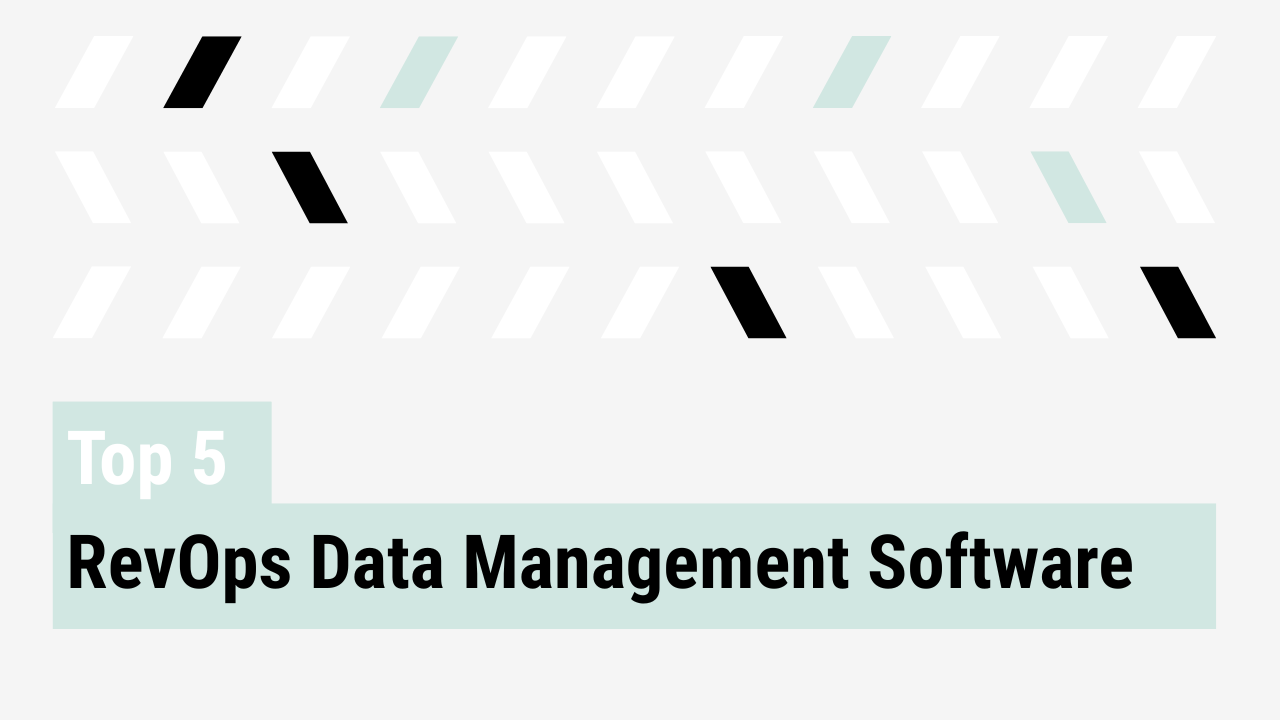Jacki Leahy has held more roles than most RevOps pros could fit on a resume: kindergarten teacher, real estate agent, outbound rep, and now founder of Activate the Magic, a fractional RevOps agency supporting early-stage SaaS companies. Her approach is no-nonsense, lean systems, sharp insights, and a bias toward action.
In this conversation, Jacki explains how she uses the Bowtie model to create clarity across the go-to-market engine, how she helps teams align on real constraints, and why operators should stop waiting for perfect data before making decisions.
How do you define RevOps and its role within a go-to-market organization?
“I see RevOps as the HVAC system for your go-to-market engine. When it’s working well, you don’t even notice it, when it’s not, everybody’s sweating and blaming each other.”
RevOps is about building an environment where marketing, sales, and customer success can operate as a single, functional system. It provides the structure and shared context that teams need to execute in sync, rather than in silos.
What is the Bowtie model, and why is it valuable for RevOps leaders?
“The Bowtie is a visual representation of the full customer lifecycle. Think of your traditional funnel and you flip it on its side and mirror it.”
The Bowtie model maps every phase of revenue: acquisition, conversion, onboarding, and expansion. It’s a lens for understanding the full system and facilitating data-based conversations with executives. For RevOps leaders, it provides a shared mental model that helps cross-functional teams focus on the right problems at the right time.
How can RevOps leaders operationalize the Bowtie framework across go-to-market teams?
Implementing the Bowtie is not a solo effort. Start with collaborative whiteboarding sessions, using the Bowtie to map the system and reveal friction points.
Leverage the Theory of Constraints, a systems methodology that identifies the single most limiting factor, or constraint, in a process and focuses improvement efforts there. Use this framework to help teams stop spreading themselves thin across multiple initiatives.
“You have to find the one bottleneck that’s holding everything else back,” she says. “If you fix that, everything downstream improves. If you try to fix everything at once, you’ll have no idea what actually worked.”
What are the data challenges that come with aligning teams around the Bowtie, and how do you overcome them?
“Building a data dictionary was the first enormous obstacle… If you don’t really clean and normalize that data, diagnosing off of lumpy apples and oranges is actually more dangerous than just a gut check.”
You don’t need every data point across every stage. Starting simple. Just sketching out LTV to CAC is enough to see where the system’s breaking down.
To drive alignment, start with a whiteboarding session involving all go-to-market leaders. Use a visual template of the Bowtie model and share your screen to walk through each stage of the revenue engine with the team. This exercise surfaces misalignments in definitions, metrics, and handoffs, allowing leaders to see the system holistically and agree on where the biggest constraint lies.
How do RevOps priorities shift across early-stage companies, especially from $0 to $10M in revenue?
If you’re supporting a company in this range, your job is to create just enough structure to help the team scale what’s already working. They don’t need an enterprise-grade system. Often, early-stage companies rely heavily on spreadsheets, manual processes, and fragmented tools. Identify what parts of the process are truly repeatable and reduce friction without introducing unnecessary complexity.
Many teams in this stage are closing deals in spite of their systems. Activate the Magic’s goal is to bring visibility to what’s working, document that process, and set the foundation for predictable growth. Focus on lightweight systems, minimal process, and strong documentation that can evolve as the company grows.
What should you consider before jumping into fractional RevOps work?
Before you go fractional, take a hard look at your strengths and preferences. Do you enjoy building systems, but dread the idea of business development? Then you may want to partner with an agency or tap into a referral network rather than go it alone.
Going fractional means doing the work and generating the work. You’re responsible for client acquisition, invoicing, and managing multiple accounts. If you’re energized by chasing new leads, structuring engagements, and delivering results, this path can be incredibly rewarding. But if the idea of outreach makes your stomach turn, think twice, or find a structure where someone else brings in the pipeline and you focus on delivery.
Understanding how you want to operate is as important as knowing how to run RevOps. Build a model that fits you.
How does your sales background influence your approach to RevOps and entrepreneurship?
If you’ve been in a sales role, you already have a superpower most RevOps folks spend years trying to build: empathy. You know what it feels like to hit quota, navigate a messy CRM, or lose a deal because of a broken process. That experience gives you an intuitive sense of what matters on the ground. You’ve lived it.
When you move into RevOps or entrepreneurship, that empathy becomes a competitive edge. You’ll spot friction faster, ask better questions, and design systems that actually support the people using them. And because you’ve done the outreach, pitched the vision, and managed relationships, you’ll have a natural advantage when it comes to selling your ideas or services.
The key is to trust that your frontline experience is an asset. You already know how to build trust, solve problems, and stay resourceful under pressure.
Go Deeper
If you enjoyed this Q&A, check out the full conversation with Jacki Leahy at YouTube or Spotify.
About AccountAim
AccountAim is the planning and analytics platform built for Strategic RevOps teams. With AccountAim, RevOps teams connect all of their fragmented GTM data, automatically snapshot and see trended changes over time, and build full-funnel reporting — all without SQL or data team support. Learn how Strategic RevOps teams use AccountAim to streamline forecasting, territories, cross-sells and more here.



